Table of Contents_
Which is the best gaming console? What is the most popular video game console? We’ll let you decide! Well, we’ll look at the most popular game consoles by overall sales, but we will also let you decide based on nostalgia and preference, so take a look through our list and remember how those controllers felt in your hands. If you’d rather go with a handheld device, you should also read our review of the US Nintendo DS Lite (release date and price announced). If you’re a true gamer, take a look at our page of the top 20 hottest e3 booth babes too. If you want to keep it to the top two consoles, you’ll also want to read our Xbox One vs PlayStation 4 which is better review.
1. NES
The Nintendo Entertainment system wasn’t the first console, but it hit the gaming market like a stack of trains. The controller approached an ideal that the market continues to imitate and the games reignited U.S. gamer interested in the 1980s (imagine how big it would have been if it hadn’t hit during a market decline). The NES also put out the first feelers in video game accessories like wireless controllers, long before they became popular. Before we go on, you may want to take a look at this interesting review of 9 reasons the Xbox One is better than the PS4.
2. PS2
Sure, the first PlayStation was a huge stride forward for Sony and cemented their legacy in the gaming world. But all the most popular video games came with the PlayStation 2 and its vast graphics and space upgrades that allowed games to go where they had never had before. For many, the PS2 is the epitome of what gaming was, which is probably why more than 155 million of the systems have been sold throughout the world. And if you’re an advanced tech guru, you will love this review on why buy pre-fab? Build a ps4 using desktop parts!
3. Nintendo DS
At least one handheld console deserves to be on this list, and the Nintendo DS richly deserves a spot, with more than 154 million systems sold. Sure Nintendo has upgraded its handhelds since then, but the dual-screen model was the first to show the world what modern handheld gaming could really be like, and include some of the most popular video games in the mobile market.
4. SNES
The cartridge system that the NES sported was further refined in the Super Nintendo, which lived up to its name in a very real way. Advancing technology and new interest game the SNES a plethora of games that, for many, defined the gaming experience. While the NES was the best selling console of its time, the SNES faced more competition and was still the best selling 16-console in its day.
5. PlayStation
The original PlayStation raised a lot of questions during its day. What was the deal with those game disks? How is the controller supposed to work? Why are the buttons labeled wrong? (And most importantly, why did my memory card stop working?) However, Sony quickly won everyone over with its high-quality game design, joystick use, and games on a larger scale than had been seen before. This was the first console to reach 100 million units sold.
6. Wii
Before the Wii, it seemed like Nintendo might be out of the video game console world entirely, overshadowed by Sony and Microsoft at last. The Wii proved that idea complete wrong with its family-friendly design and motion-based control system that opened popular video game play up to entirely new demographics and experimentation. No surprise that the Wii went on to become one of the fasting selling, most popular game console products in history and brought Nintendo back as a serious contender.
7. Xbox 360
The original Xbox was something of a furtive entrant into the console gaming world, with Microsoft testing the waters and learning the ropes (sometimes, it seemed, at the same time). But with Xbox 360 and some of the best videos games of that generation, like Halo 2, Microsoft proved itself a trailblazer and created a console so solid that it still has plenty of activity surrounding it today.
8. PlayStation 3
The PlayStation 3 had something of a rocky start, with high prices and a lack of support or games keeping many players unsure of what to think. However, Sony managed to turn the ship around and create a memorable system that introduced an amazing number of new franchises and eventually became the platform to have – especially with the later, slimmer models. If you love PS3, take a look at this interesting review on how to rip PS3 games and Blu-ray movies on your PS3.
9. Sega Genesis
Oh Sega – what happened to you? The 16-bit Genesis had plenty of potential, in large part due to the simple newness of Sega and its designs. That curved controller? That cool black box? It was made to appeal to a growing generation of gamers. In the beginning Sonic the Hedgehog and similar new franchises helped Sega succeed, until the new consoles came out a few years later. But the Genesis delivered at a time when new ideas were sorely needed.
10. Nintendo 64
When Nintendo gets it right, they tend to get it really right. Sure, the 64 had the weirdest controller around, but the graphics upgrade and the shear number of new games that Nintendo pushed out onto the new system made it the console to have. Mario Kart has never been so fun, and don’t forget how the 64 brought 3D, exploratory gaming to the forefront in an era where few others were experimenting with it.
11. Atari 2600
First, there was Atari. Specifically, first there was the Atari 2600, back in 1977, the console that showed everyone what gaming could actually be. Never had moving pixels around a screen looked so amazing and filled with potential. The games themselves, in the earliest stages of the genre, ranged from laughable to annoying, but the magic was there. It’s not surprise people have gone back time and again to buy the 2600 or similar clones.
12. Xbox
The first Xbox seemed outlandish, a console made by PC master Microsoft. But this dark horse quickly caught the attention of a large (admittedly, mostly American) gaming audience. Much like the PlayStation, the Xbox brought a new way of thinking about games and new franchises for gamers to experiment with and eventually learn that they loved. Also, props to that slightly oversized controller, which felt irreplaceable once you finally got used to it.
13. GameCube
Despite rarely being mentioned in the annals of the greatest game consoles, the GameCube actually sold nearly as many units as the Xbox and was released at the same time, in 2001. This effort by Nintendo looked a little odd (someone took “cube” literally) but it had a lot of power and it was a notable effort by Nintendo to appeal to Western gamers. It also began the trend of Nintendo pricing its consoles well below rivals.
14. PS4
Sony quickly recovered with the PS4, dodging the mistakes it made with the PS3 and focusing primarily on games, graphics, and new social capabilities. The price point, lower than Microsoft, led to a legion of PS fans rushing out to buy the new console, rapidly making it one of the most popular in history. Luckily, Sony also had a series of both old franchises and more independent games planned out to make the experience very worthwhile for all.
15. TurboGrafx-16
The TurboGrafx-16 Entertainment SuperSystem (known more reasonably in Japan as the PC Engine) was a late-1980s console that attempted to dethrone Nintendo during its heyday. This joint project between Hudson Soft and NEC had several unique qualities, including both an 8-bit and dual 16-bit GPU. The origins of the TurboGrafx also gave it some of the most original titles in gaming history, including Blazing Lasers and Alien Crush.
16. Dreamcast
Released in 1999, the Dreamcast was proof that Sega was out of the fight yet. The Dreamcast was another effort by the company to revolutionize its approach to consoles, with a much more powerful processor and big dreams about online compatibility. Sonic, Shemue, Virtua Fighter and others receives new iterations that included truly great games and kept franchises alive. It was a pity that Sega continued its streak of releasing consoles only a couple years before other big brands overshadowed them with new releases of their own – this time including a new, savvy opponent in Microsoft.
17. Xbox One
What is the Xbox One? Microsoft wanted badly for it to be a little bit of everything, a console that could recognized your face and movements, respond to voice commands, surf your TV and control your entire entertainment system. The waters got a little muddled with all those features, but there certainly seemed to be something for everyone. While the Xbox One hasn’t seen the worldwide popular of the PS4, it has certainly proved worthy of continuing the Xbox legacy, especially when Microsoft dropped the retail price.
18. Sega Saturn
All right, time for another Sega entry. The Saturn was designed to be a very similar successor to the Sega Genesis, with upgraded internal processors and a focus on more retro arcade ports as well as new games for Panzer Dragoon and other franchises. While fans were ecstatic, the console’s popularity quickly waned due to a lack of third party games and, even worse, no Sonic game due to poor development cycles over at Sega.
19. Neo Geo
One of the worst things about arcade games is that they’re stuck in an arcade. The Neo Geo was one of the first attempts to bring the arcade to you, a home console based off the popular arcade machine of the same name and including the same popular titles – and classic arcade controls. The direct connection to arcade games kept the Neo Geo in production for seven years in the 1990s, a remarkable streak considering the shifting fates of other gaming consoles during this time.
20. 3DO
The 3DO Interact Multiplayer was originally thought up by EA founder Trip Hawkins and, after a series of collaborations, eventually produced by companies like Panasonic and Sanyo in the early 1990s. The EA connection certainly helped the console, but its starting price and timing could have been better. However, the console did sport a controller several years ahead of its time.
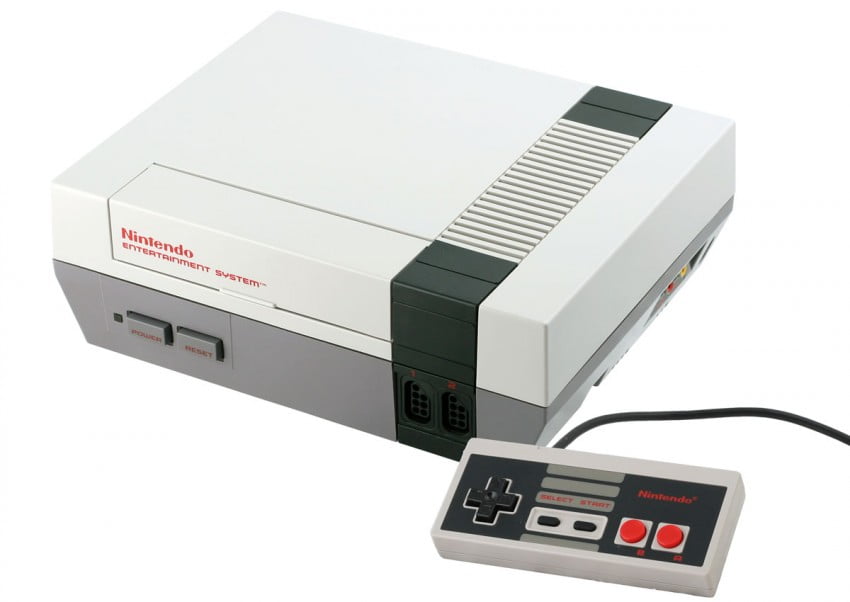
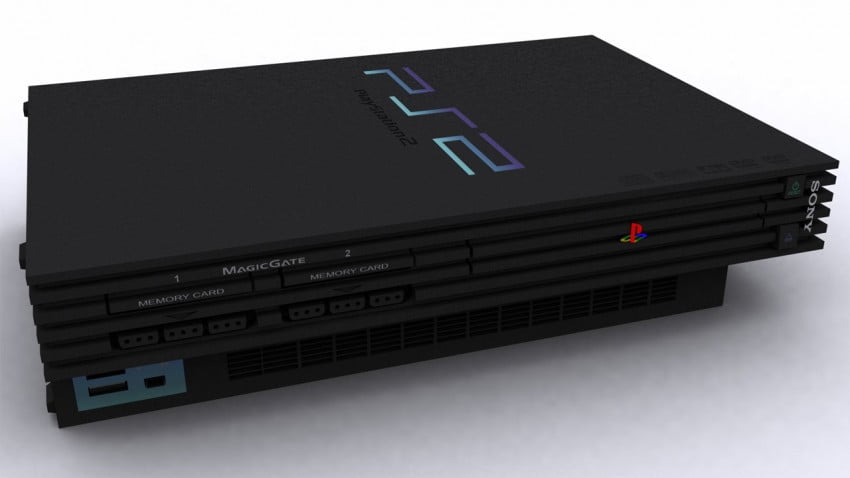
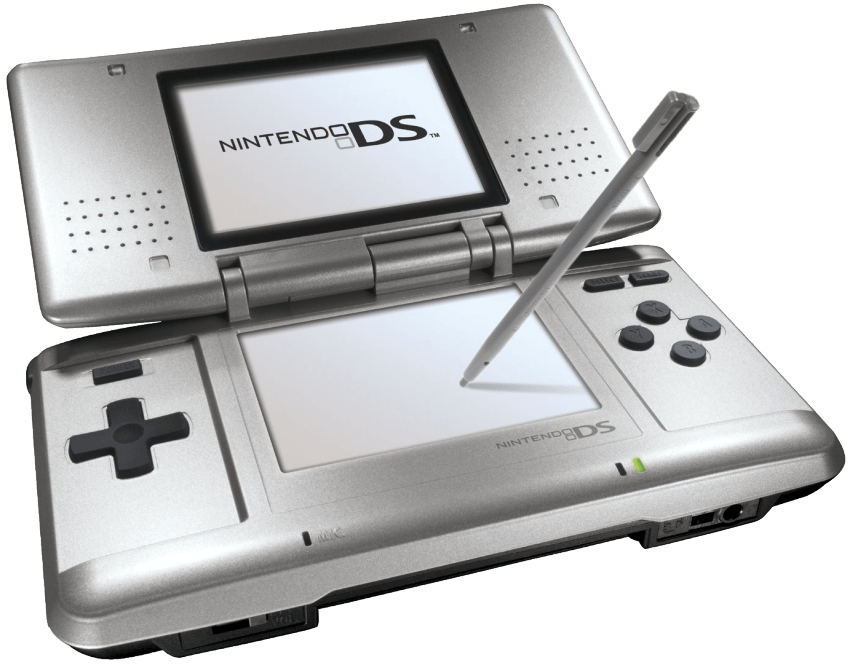
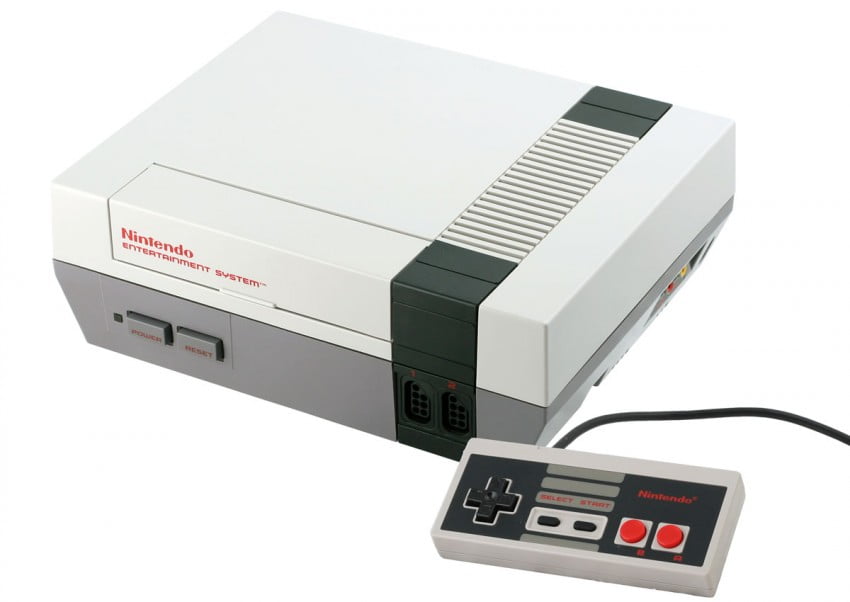
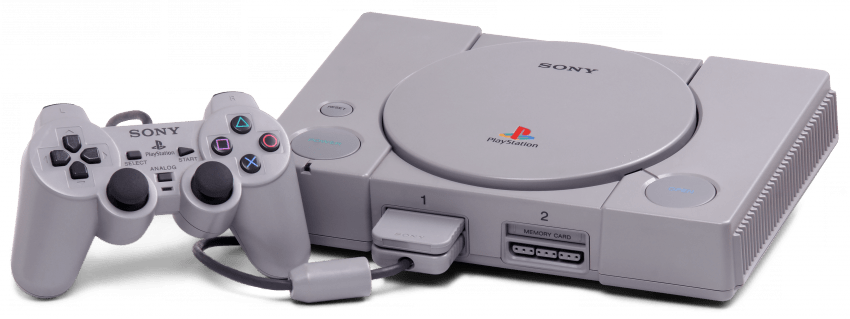
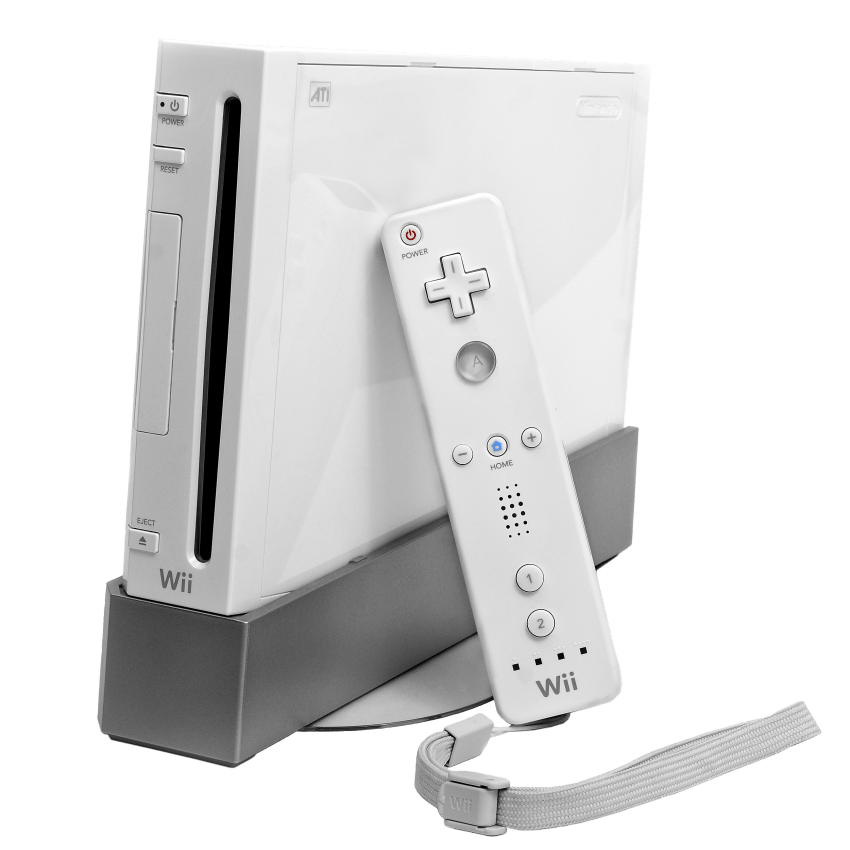
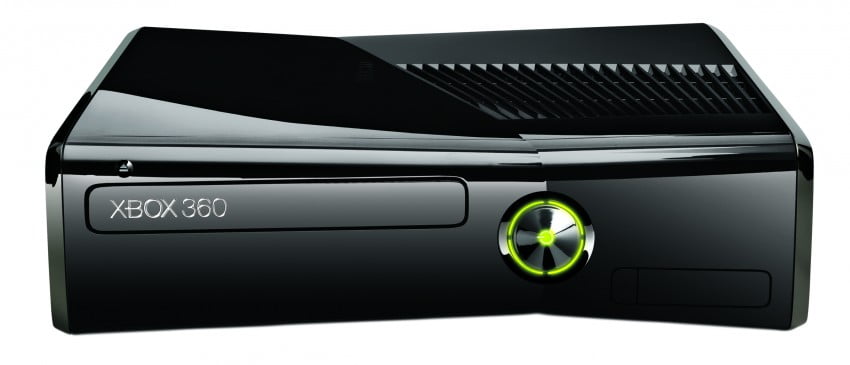
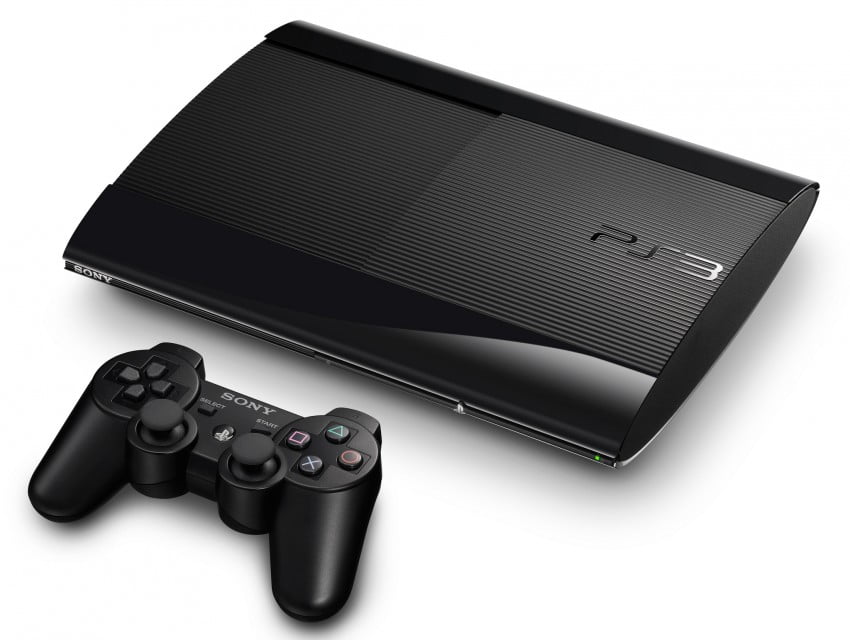
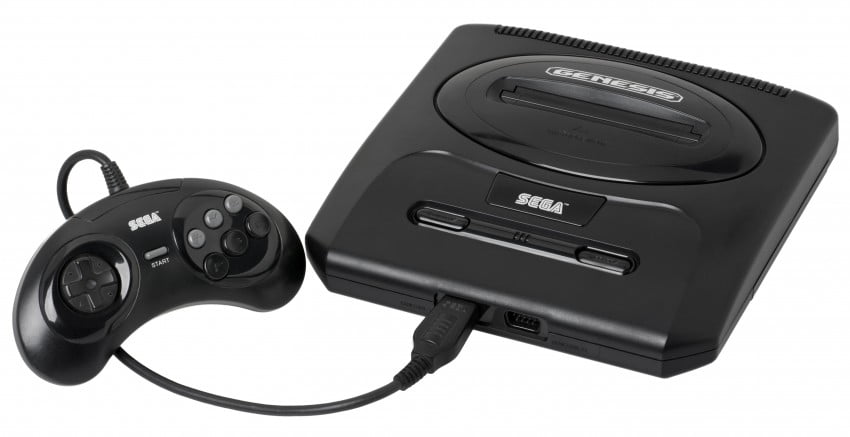
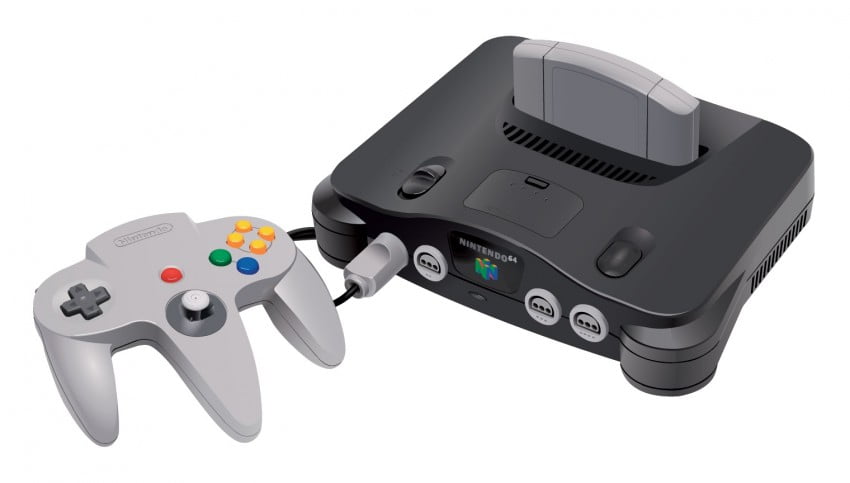
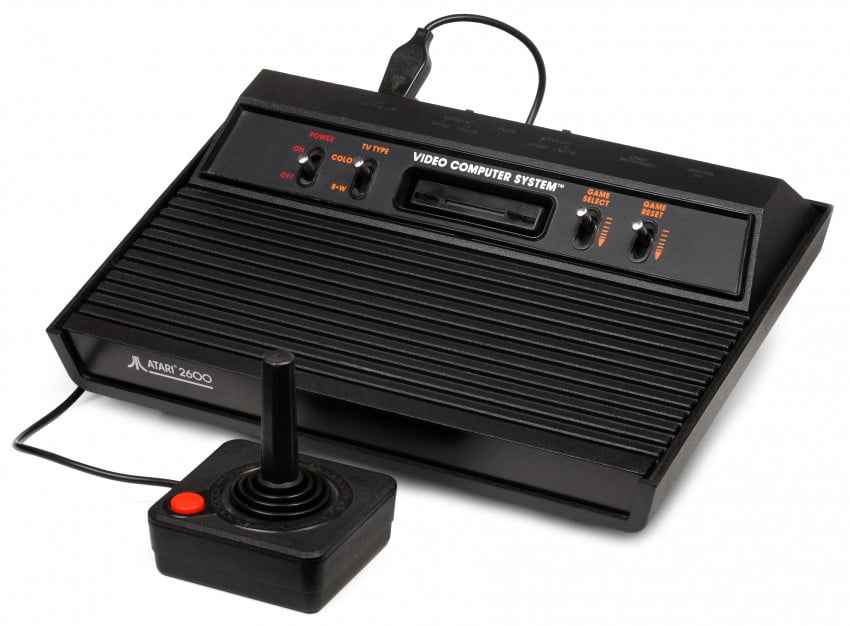
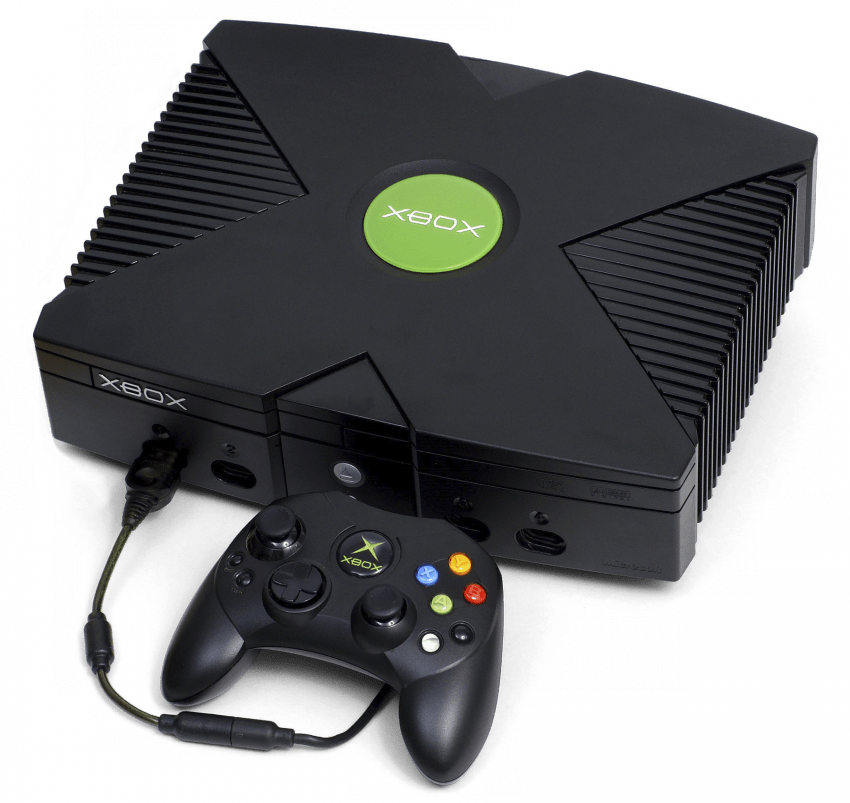
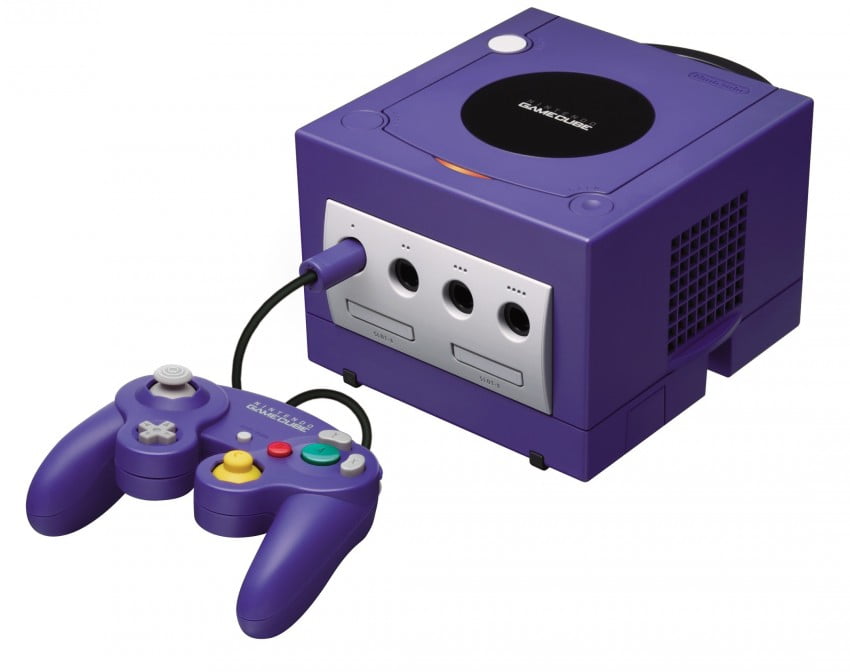
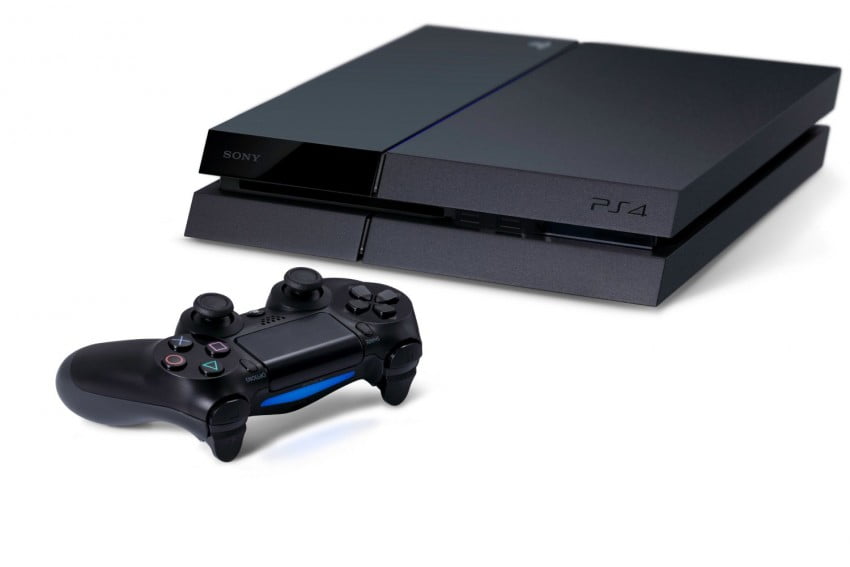
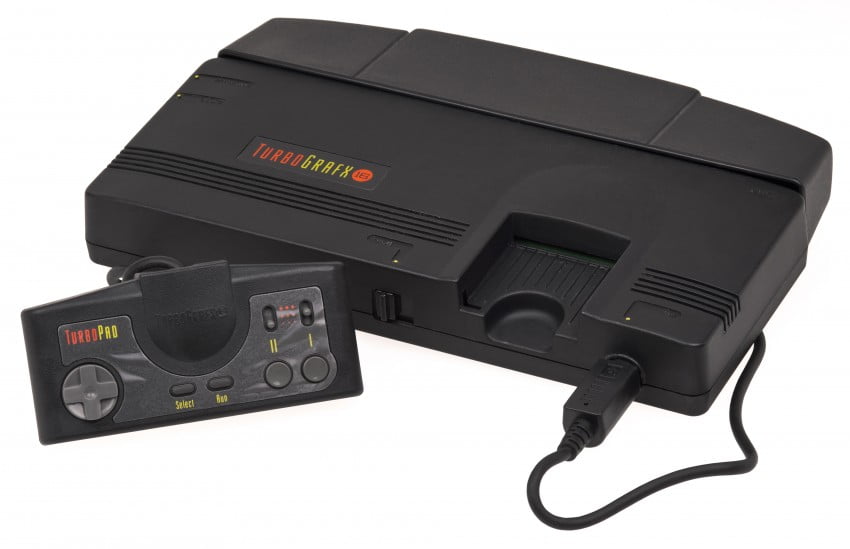
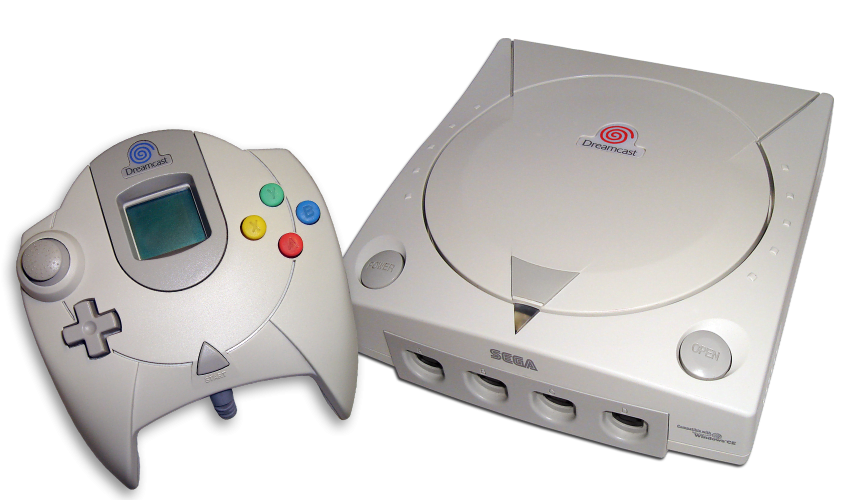
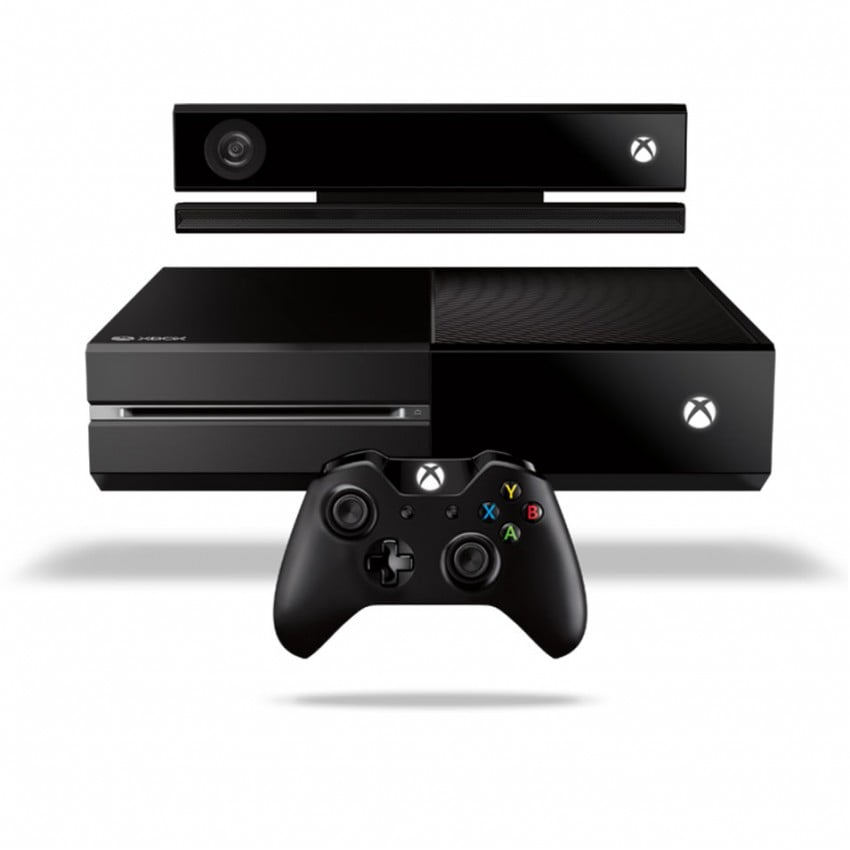
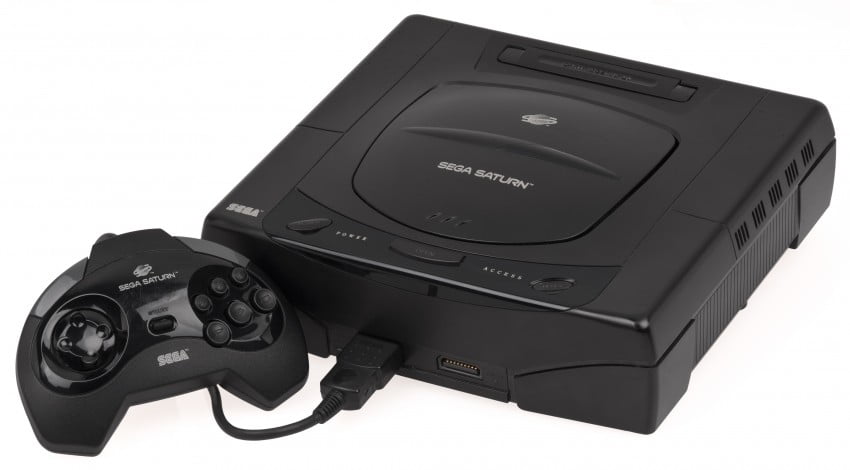
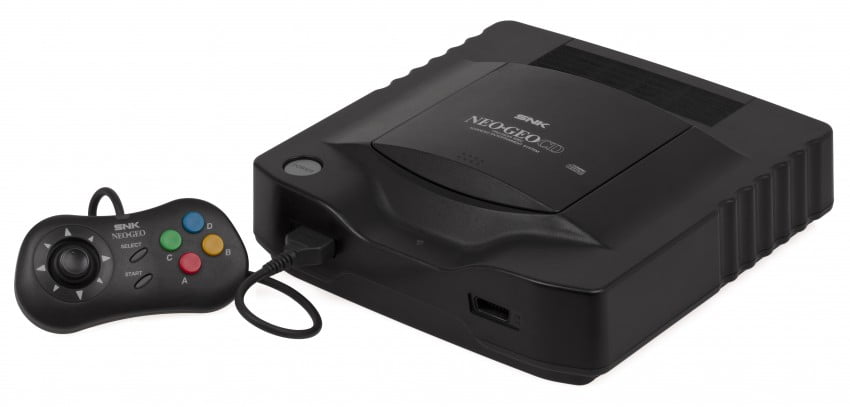
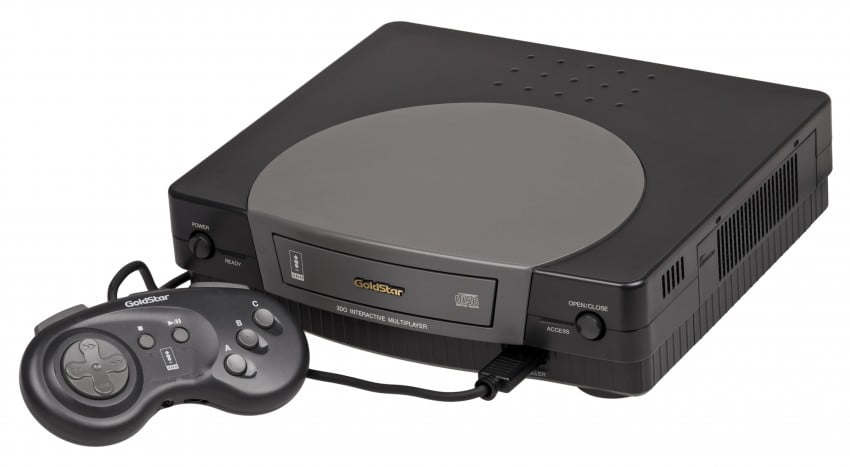
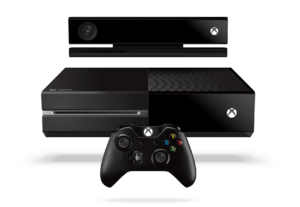
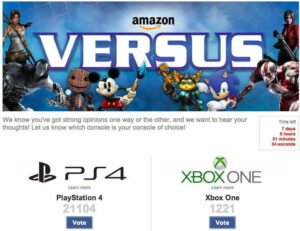
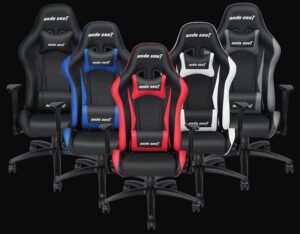

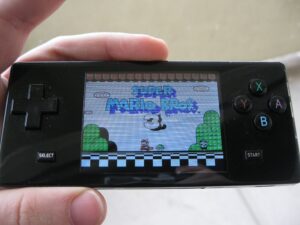

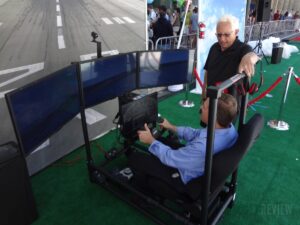
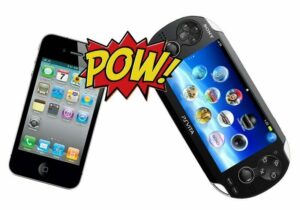
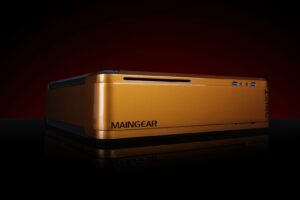
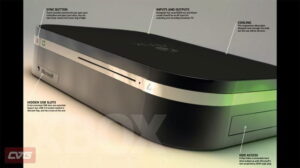

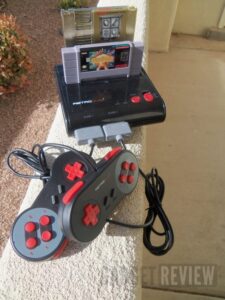
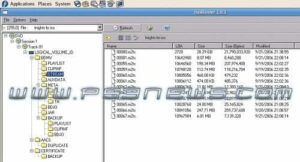
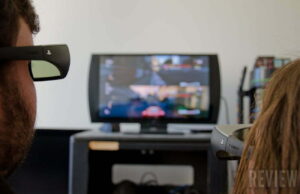

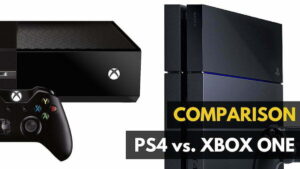
3 responses to “Post Title”